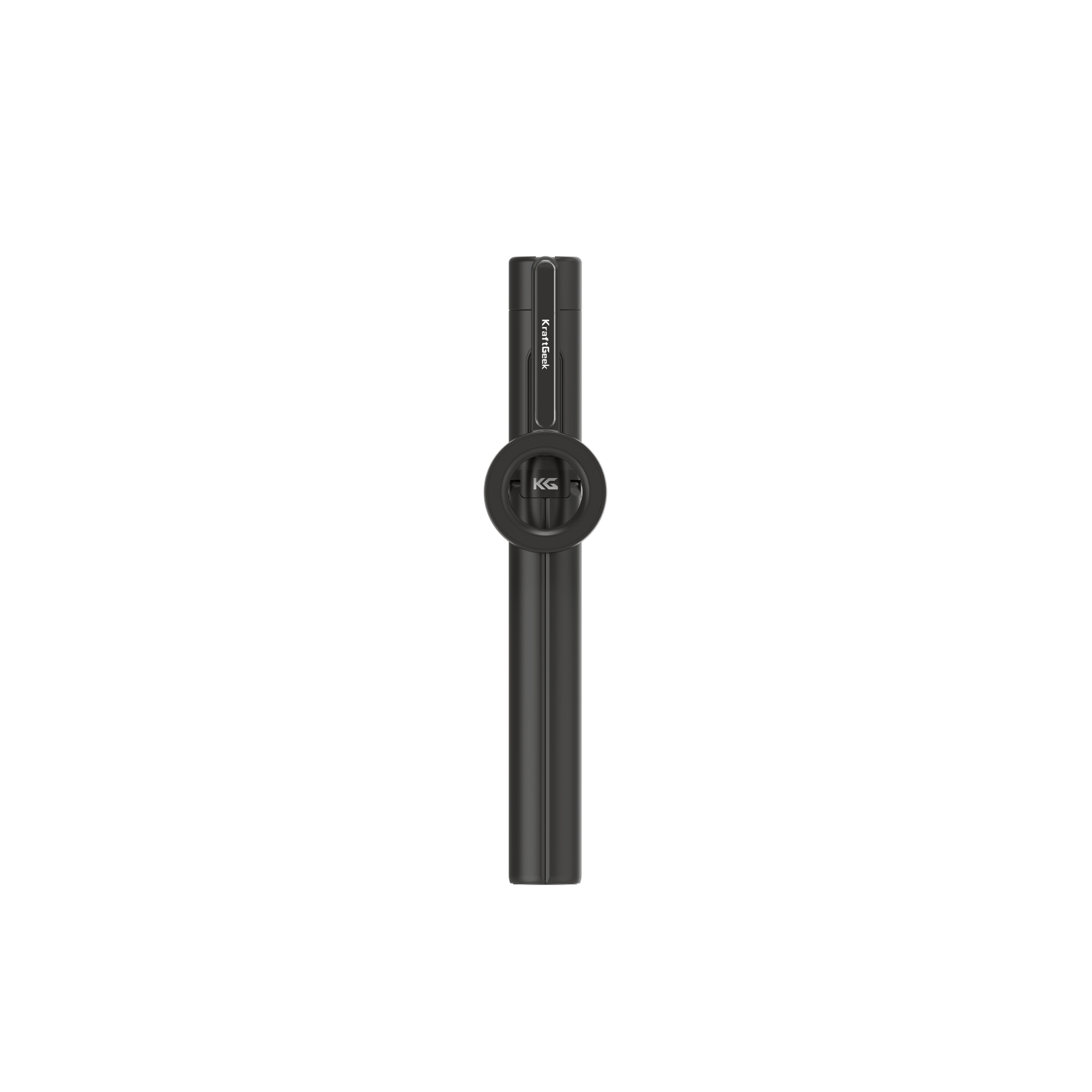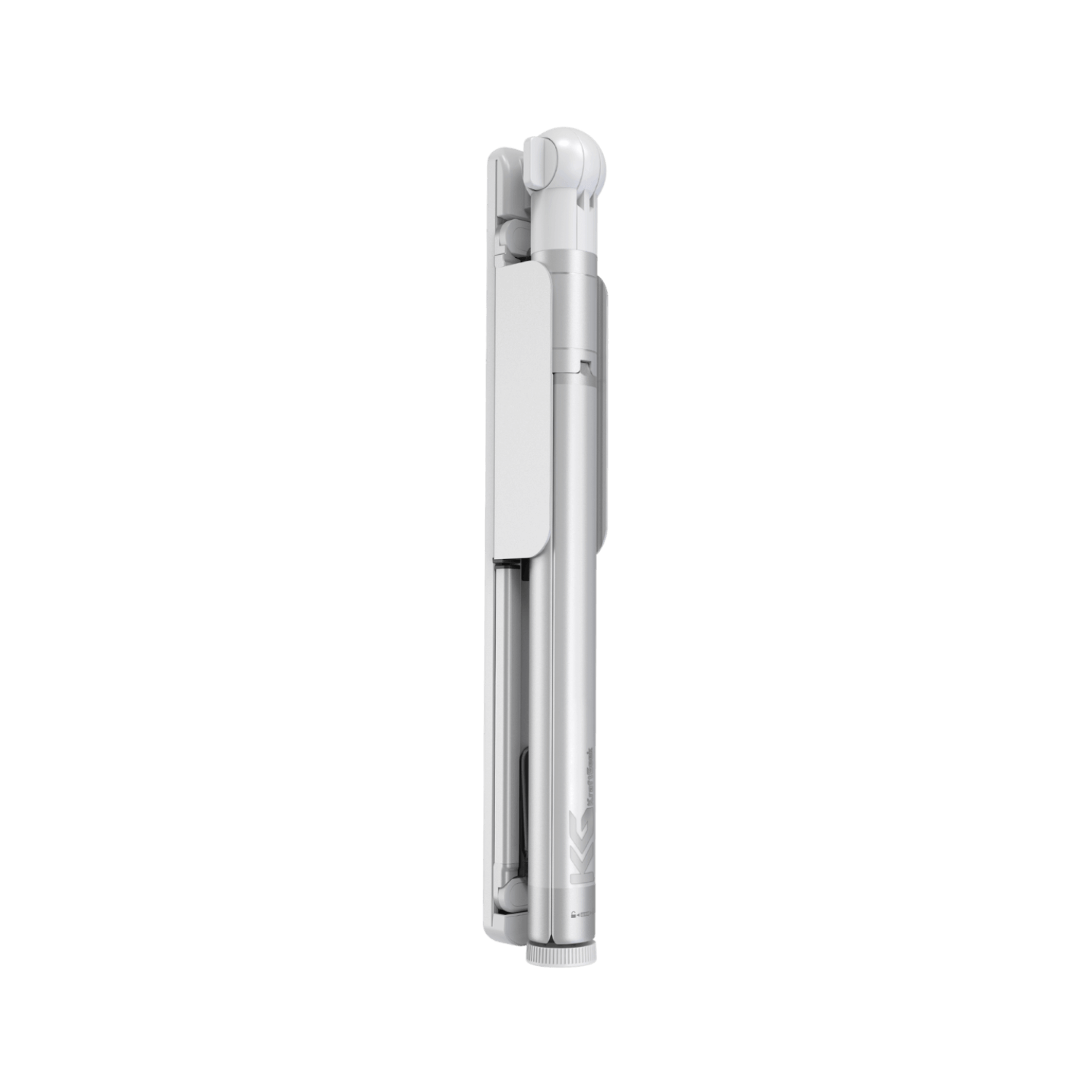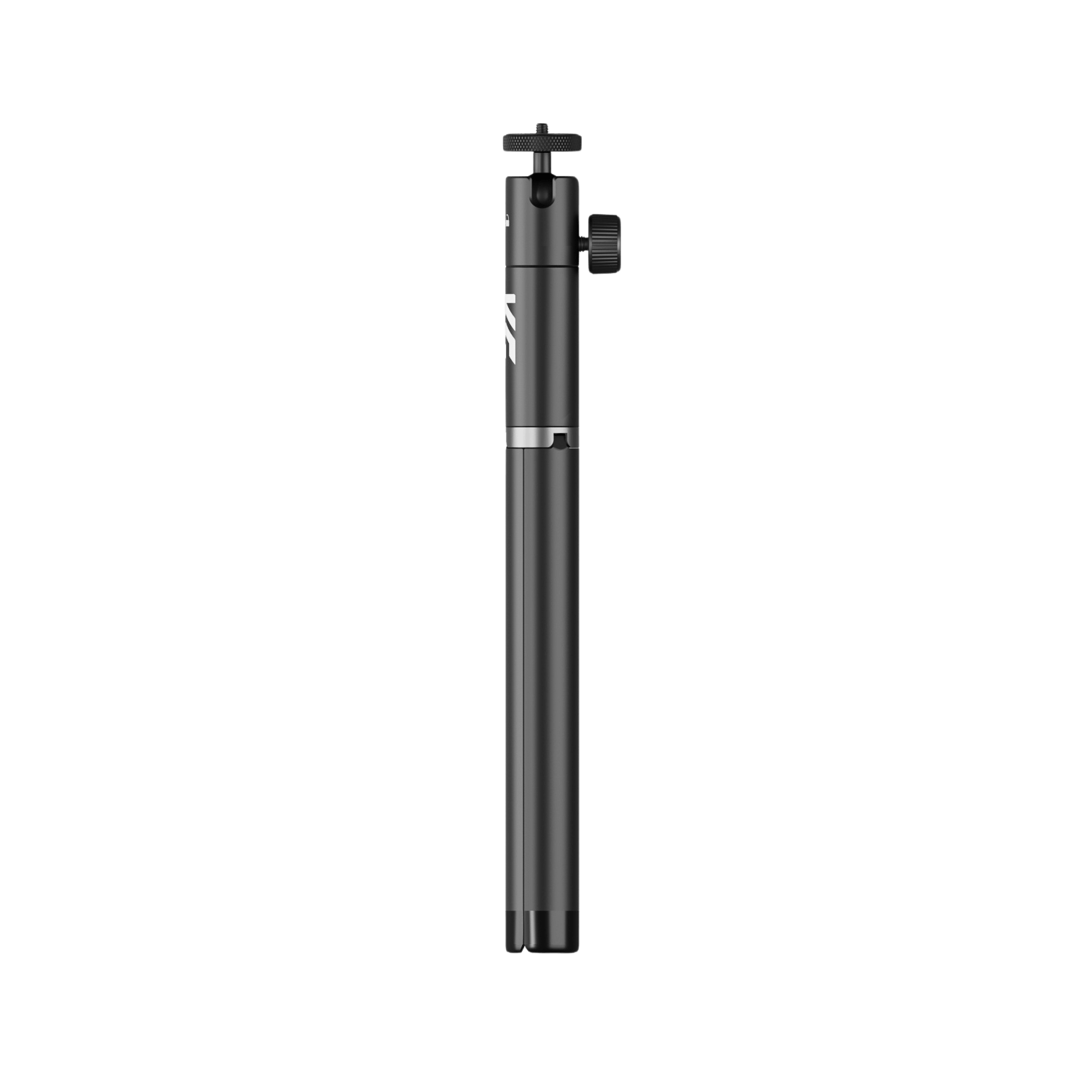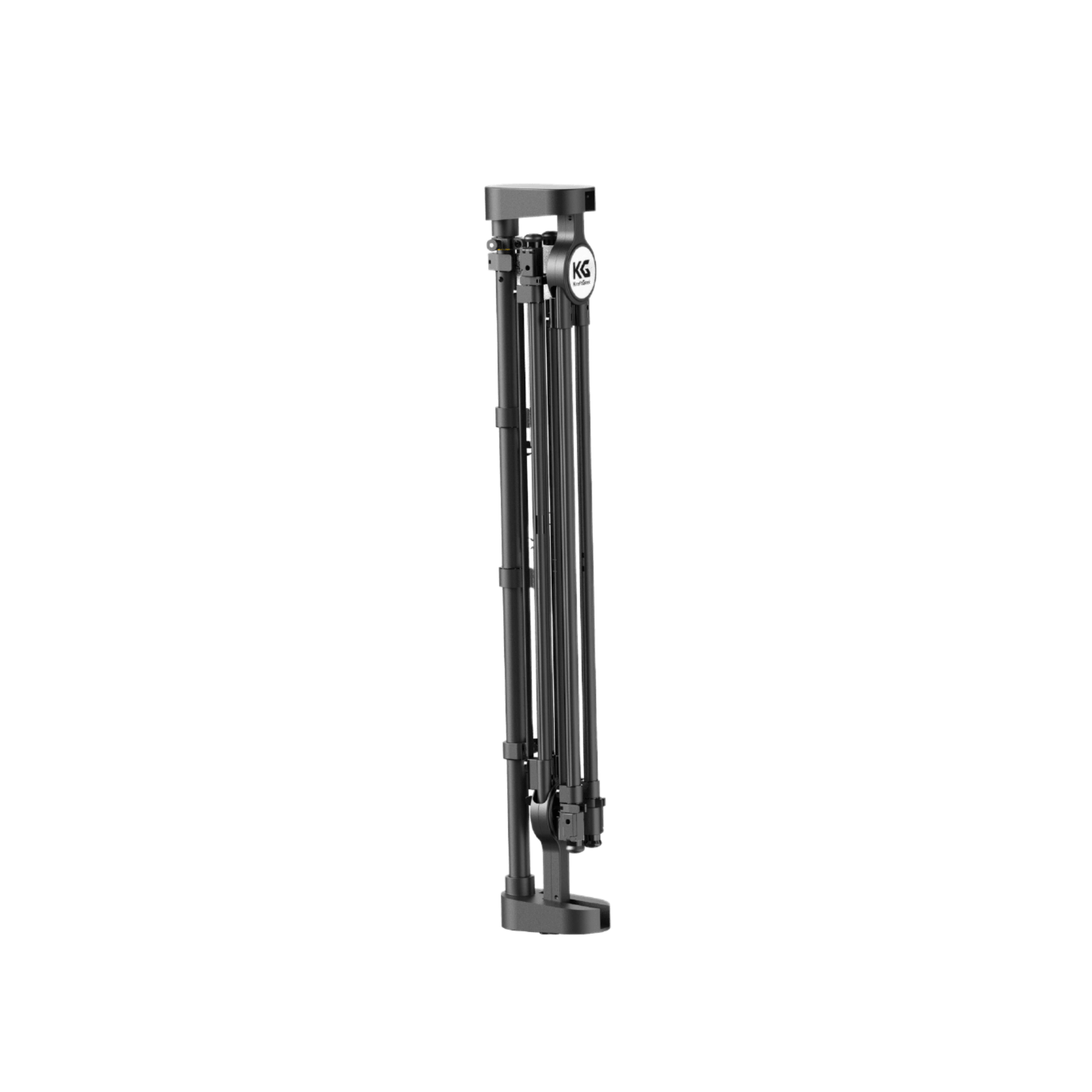Despite their modest size, guitar picks are instrumental in shaping the tone and texture of a guitarist's sound. They act as an extension of the player's fingers, providing a means to strike the strings with precision and control. Whether you're a beginner learning basic chords or an experienced guitarist exploring intricate melodies, finding the right pick can enhance your playing experience.
What Is A Guitar Pick?
A guitar pick, also known as a plectrum, is a small, often triangular-shaped tool used to pluck or strum the strings of a guitar. Typically made of materials like nylon, plastic, metal, or wood, picks come in various sizes, shapes, and thicknesses. When held between the thumb and index finger, the pick's pointed tip is used to strike the strings, producing sound.
Types Of Guitar Pick Materials
The material of a guitar pick plays a significant role in shaping the overall tone and feel of the instrument. Thicker picks tend to produce a fuller, more resonant tone, while thinner picks offer greater flexibility and brighter highs. The material's density and surface texture influence the pick's grip and attack, affecting the player's ability to control dynamics and articulation.
1. Nylon Picks
Nylon picks are among the most popular choices for guitarists due to their versatility and affordability. These picks are lightweight, flexible, and produce a bright, articulate tone. They are available in various thicknesses, allowing players to customize their sound and playing style. While nylon picks offer excellent flexibility, they may wear down more quickly than picks made from harder materials.
2. Plastic Picks
Plastic picks, typically made from materials like celluloid or polycarbonate, are widely used by guitarists of all levels. They offer a balance of durability, flexibility, and affordability. Plastic picks come in a wide range of colors, shapes, and thicknesses, allowing players to find the perfect match for their preferences.
However, some players find that plastic picks can be prone to slipping and may lack the warmth and richness of tone found in picks made from natural materials.
3. Metal Picks
Metal picks, often crafted from materials like stainless steel or brass, offer a distinct sound and feel favored by many guitarists, particularly those playing electric guitar. These picks provide excellent durability and precision, making them well-suited for fast picking techniques and heavy strumming.
Metal picks produce a bright, aggressive tone with enhanced attack and sustain. However, they may feel stiff or unforgiving to some players and can produce unwanted noise when used on acoustic guitars.
4. Wood Picks
Wood picks offer a warm, organic tone prized by acoustic guitarists seeking a natural sound. These picks are typically handcrafted from hardwoods like maple, rosewood, or ebony, providing a smooth, comfortable feel and excellent grip. Wood picks produce a softer attack and mellower tone compared to plastic or metal picks, making them ideal for fingerstyle playing and acoustic ballads.
However, wood picks may wear down more quickly than picks made from synthetic materials and can be susceptible to moisture and temperature changes.
Factors to Consider When Choosing A Guitar Pick

Thickness and Gauge
The thickness or gauge of a guitar pick significantly influences its playability and the tone it produces. Guitar picks are available in a range of thicknesses, typically measured in millimeters (mm). Thinner picks, such as those below 0.6 mm, offer greater flexibility and are well-suited for strumming chords and producing bright, articulate tones.
Thicker picks, on the other hand, provide increased control and a fuller, more resonant sound, making them ideal for lead playing and heavy strumming. When choosing a pick thickness, consider your playing style and the type of music you intend to play.
Beginners may find thinner picks more forgiving, while experienced players may prefer the precision and stability offered by thicker picks. Experimenting with different thicknesses can help you find the pick that best suits your preferences and playing needs.
Size and Shape
The size and shape of a guitar pick can also impact your playing comfort and technique. Standard picks typically feature a triangular shape with a pointed tip, providing versatility for various playing styles. However, alternative shapes, such as tri-tip picks or specialty designs, offer unique benefits such as enhanced grip or precision.
When selecting a pick size and shape, consider factors such as your hand size, playing technique, and personal preference. Larger picks may offer more surface area for gripping and strumming, while smaller picks provide greater maneuverability and control. Experimenting with different shapes can help you find the pick that feels most comfortable and natural in your hand.
Material Compatibility
The material of a guitar pick can affect its tone, durability, and compatibility with different types of guitars and strings. Common pick materials include nylon, plastic, metal, and wood, each offering distinct characteristics and tonal qualities.
Nylon picks are lightweight and flexible, making them suitable for a wide range of playing styles and guitar types. Plastic picks offer durability and affordability, with options available in various colors and designs.
Metal picks provide a bright, aggressive tone and excellent precision, making them popular among electric guitar players. Wood picks offer a warm, organic sound favored by acoustic guitarists seeking a natural tone. When selecting a pick material, consider factors such as the type of guitar you play, the gauge of your strings, and your desired tone and feel.
Selecting The Right Pick For Your Playing Style
Choosing the right guitar pick is essential for enhancing your playing experience and achieving your desired tone. Different playing styles and musical genres require specific pick characteristics to optimize performance.

For Beginners
For novice players just starting their guitar journey, selecting the right pick can make learning and practicing more enjoyable. Beginners may benefit from starting with medium-thickness picks (around 0.60 to 0.80 mm), as these provide a balance of flexibility and control. Additionally, nylon or plastic picks are excellent choices for beginners due to their affordability and versatility.
When choosing a pick as a beginner, focus on comfort and ease of use. Opt for picks with standard shapes and sizes, as these offer familiarity and stability while learning basic techniques. Experimenting with different picks can help beginners discover their preferred playing style and develop confidence in their abilities.
RELATED: How To Choose The Right Guitar For Small Hands
For Acoustic Guitarists
Acoustic guitar players often seek picks that complement the instrument's natural tone and resonance. When selecting picks for acoustic guitar playing, consider the type of music you intend to play and the desired sound characteristics. Thinner picks are generally well-suited for strumming chords and producing bright, crisp tones, while thicker picks offer enhanced control and projection for fingerstyle playing.
For acoustic guitarists, wood picks can provide a warm, organic sound that enhances the instrument's natural timbre. Look for picks made from hardwoods like maple or rosewood, as these materials offer excellent grip and responsiveness. Experimenting with different pick materials and thicknesses allows acoustic guitarists to tailor their sound to their playing style and musical preferences.
RELATED: Acoustic Or Electric Guitar? Making The Right Decision For Your Guitar
For Electric Guitarists
Electric guitarists require picks that offer precision, speed, and durability to accommodate the instrument's amplified sound and dynamic range. When choosing picks for electric guitar playing, consider factors such as pick thickness, shape, and material composition. Thicker picks (above 0.80 mm) are often preferred for lead playing and soloing, providing greater control and articulation.
Metal picks are popular choices among electric guitarists due to their rigidity and bright, aggressive tone. Stainless steel or brass picks offer excellent durability and projection, making them ideal for shredding and heavy riffing. Alternatively, nylon or plastic picks can provide a smoother attack and warmer tone, making them suitable for rhythm playing and chordal strumming.
Techniques For Using Guitar Picks
Proper Pick Grip
Holding the guitar pick correctly is the foundation of effective pick technique. To achieve optimal control and comfort, follow these instructions:
- Thumb Placement: Position your picking hand so that the nail of your thumb is facing toward you.
- Firm Grip: Use your thumb to firmly grip the pick, placing it on top with the other side pressed against the topmost joint of your index finger.
- Angle Adjustment: Rotate the pick 90 degrees, so the tip is pointing out of the side of your thumb.
- Leave Space: Maintain a steady grip on the pick, leaving around a centimeter of the pick's sharp tip protruding between your thumb and index finger.
- Free Fingers: Keep your other three fingers extended, avoiding contact with the strings to prevent unintentional muting.
Strumming Techniques
Smooth strumming patterns and rhythms are essential skills for guitarists of all levels. To improve your strumming technique using a pick, consider the following tips:
- Wrist Movement: Focus on moving your wrist rather than your entire arm when strumming. Keep your wrist loose and relaxed to achieve fluid motions.
- Perpendicular Angle: Angle the pick perpendicular to the strings and the body of the guitar for optimal contact and tone.
- Downstrokes and Upstrokes: Practice alternating between downstrokes (strumming downward) and upstrokes (strumming upward) to create dynamic and rhythmic patterns.
- String Control: Aim to strum only the desired strings, avoiding unintentional contact with neighboring strings for clean and precise strumming.
Picking Techniques
In addition to strumming, mastering picking techniques is essential for playing melodies, solos, and intricate passages. Consider the following advanced techniques for using a pick:
- Alternate Picking: Alternate picking involves picking individual strings both up and down, rather than solely using downward strokes. Practice alternating between upstrokes and downstrokes to improve speed, accuracy, and articulation.
- Economy Picking: Economy picking combines alternate picking with sweep picking, allowing for fluid and efficient movement across strings and frets. Focus on minimizing excess motion and maintaining a smooth, continuous picking motion.
- Hybrid Picking: Hybrid picking involves using a combination of the pick and fingers to pluck strings, providing increased versatility and control. Experiment with using your pick in conjunction with your fingers to achieve unique tones and textures.
Product Recommendations
Conclusion
Selecting the right guitar pick is a crucial aspect of guitar playing that can significantly impact your sound and performance. Remember, there is no one-size-fits-all approach to choosing a guitar pick. Personal preference plays a significant role in determining the best pick for you.









